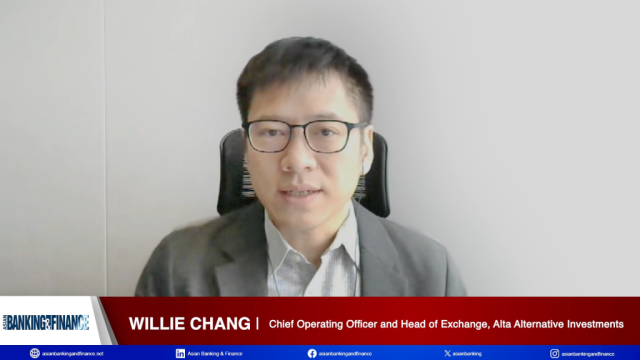
Here's what their performance in 1H17 says about Chinese banks
They have better asset quality and funding profiles.
Moody's Investors Service says that the results of Chinese banks for the six months between January and June 2017 (H1 2017) show better asset quality — in line with a more stable macroeconomic environment — and an improvement in their funding profiles. In particular, regulatory tightening curtailed the banks' reliance on market funding.
However, the banks' lower net interest margins pressured their profitability.
"The banks' H1 2017 performance demonstrates that regulatory measures implemented since January this year have been successful in containing financial risks and unwinding some shadow banking and interbank activities," says Nicholas Zhu, a Moody's Vice President and Senior Analyst.
"These positive outcomes will likely continue under the current regulatory environment; a credit positive for the banks, because such a situation would relieve the strain on their capital and funding positions, although at the expense of profitability," adds Zhu.
Moody's also points out that banks that have relied on market funds to support the previous phase of their asset expansions will likely face lower profitability.
Moody's analysis is contained in its just-released report on the announced H1 2017 results of 16 banks rated by Moody's. These banks account for more than 70% of total assets for Chinese commercial banks. Moody's report is titled "Banks — China: Improved asset quality and funding profile in the first half, but weakened profitability," and is co-authored by Zhu.
Here's more from Moody's:
The banks' average asset growth slowed markedly to 4.4% during H1 2017, due partly to general declines in their investment in loans and receivables. Loan growth also remained subdued, with mortgage loans under strain from tightened macro-prudential measures on property transactions.
Special-mention loans fell by an average 27 basis points to 3.02% of total loans, and new 90+ day delinquencies fell to an average 0.73% of total loans in the same period compared with 1.27% a year earlier. All 16 banks reported loan loss reserves exceeding their 90+ day delinquencies.
As for capitalization, the banks reported an average core Tier 1 capital ratio of 10.85% at the end of H1 2017, which was nine basis points lower than six months earlier. This ratio improved among most joint-stock commercial banks to reflect their slower asset growth, but fell for four state-owned commercial banks, partly as a result of dividend payouts.
Average net interest margins (NIMs) for the 16 banks contracted 17 basis points to an annualized 2.03% for H1 2017 compared with a contraction of 36 basis points in 2016. In particular, the pace of NIM contraction has slowed for most state-owned commercial banks.
The banks' use of wholesale funds generally fell, with funds that are due within three months falling by an average 0.9 percentage points to 13.8% of total liabilities and equity. And, the overall liquidity trend was stable, with the 16 banks reporting average loan-to-deposit ratios of 83.5% at the end of H1 2017, after including their investments in loans and receivables in the numerator.























 Advertise
Advertise







